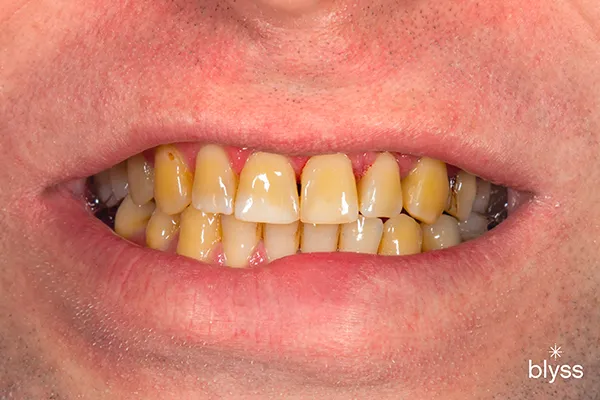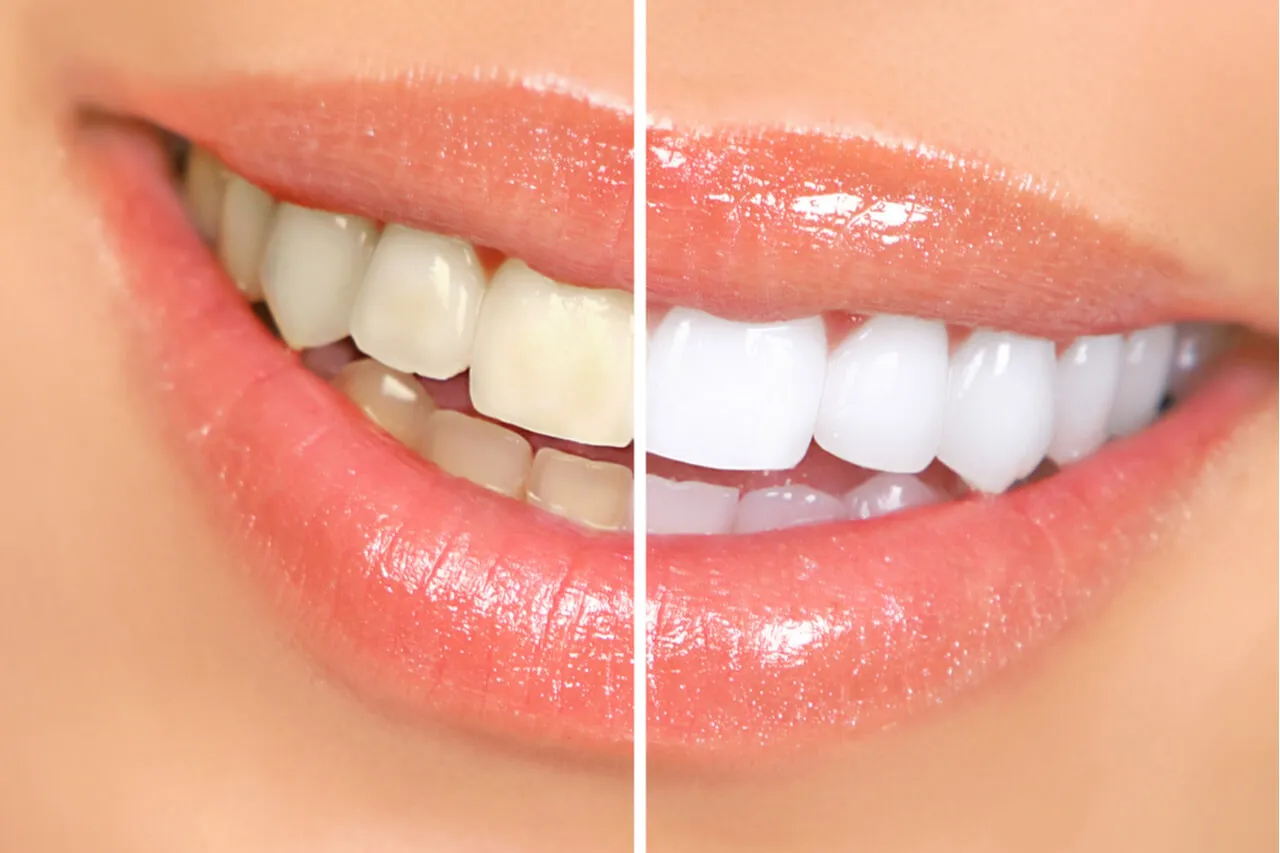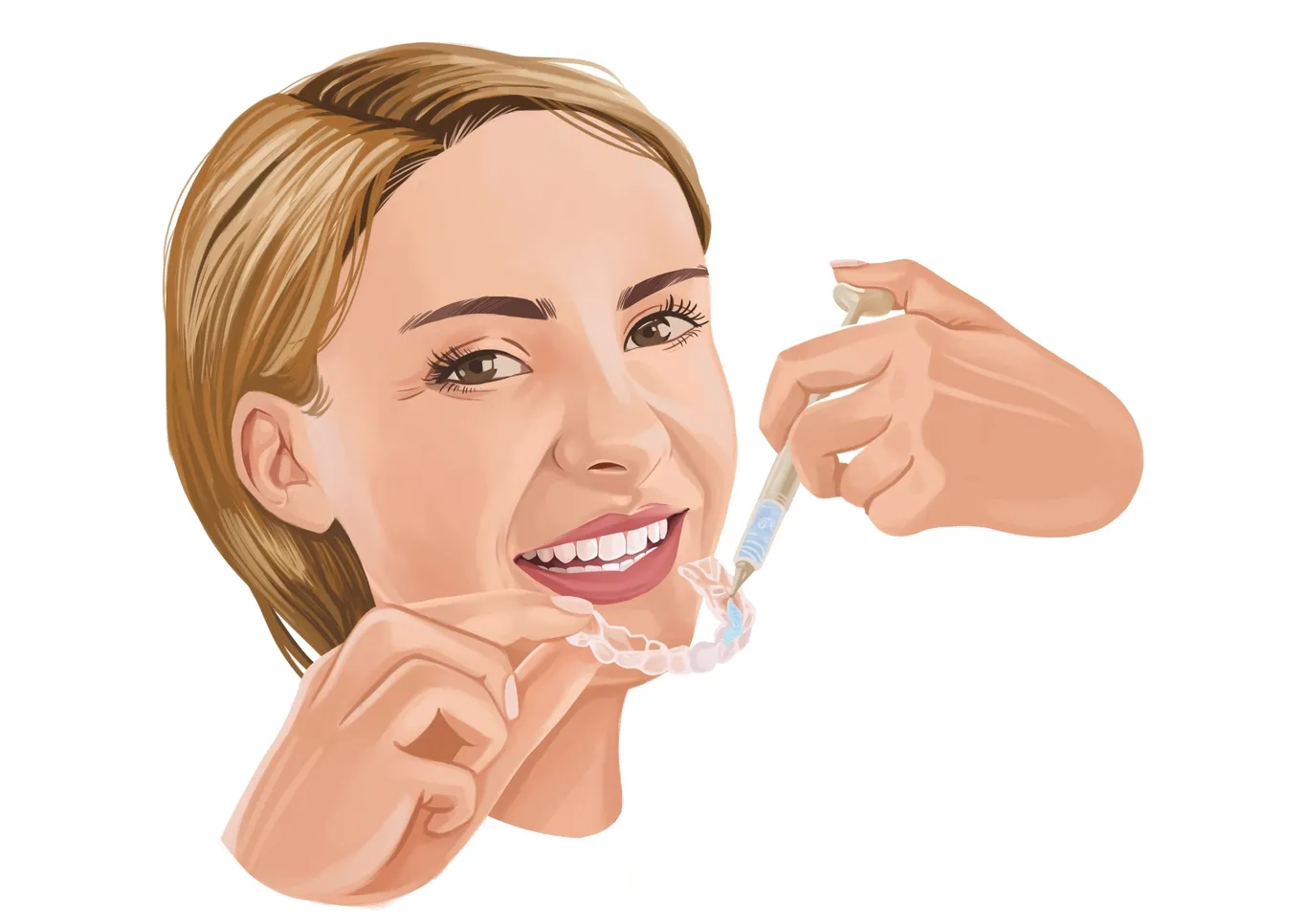Teeth Whitening Coverage Understanding the Basics
Teeth whitening is a popular cosmetic dental procedure designed to brighten the appearance of your teeth. Many people desire a whiter smile, and teeth whitening offers an effective solution. However, the cost can be a significant factor. Understanding how dental insurance works regarding teeth whitening is crucial before you proceed with treatment. This guide will help you navigate the complexities of dental insurance coverage, explore the likelihood of coverage for teeth whitening, and provide actionable tips to potentially reduce your out-of-pocket expenses. Whether you’re considering in-office whitening, or at-home treatments, this information will help you make informed decisions about your dental care.
What is Teeth Whitening
Teeth whitening involves various methods to lighten the color of your teeth. The process removes stains and discoloration, restoring the natural brilliance of your smile. The effectiveness of teeth whitening depends on the type of stains and the chosen method. Common causes of tooth discoloration include aging, consumption of staining foods and drinks (like coffee, tea, and red wine), smoking, and certain medications. Whitening treatments typically use bleaching agents, such as hydrogen peroxide or carbamide peroxide, to break down the stain molecules. Understanding the underlying causes of discoloration and the mechanisms of whitening treatments can help set realistic expectations and choose the most suitable option for your needs.
Types of Teeth Whitening Procedures

There are two main categories of teeth whitening treatments professional and at-home options. Professional teeth whitening, performed by a dentist, typically involves stronger bleaching agents and can provide more dramatic results in a single session. In-office procedures often include a pre-treatment cleaning, application of a protective barrier to the gums, and the application of the whitening agent. The dentist may also use a special light to accelerate the whitening process. At-home teeth whitening options include custom-fitted trays with bleaching gel prescribed by your dentist and over-the-counter products, such as whitening strips and toothpastes. The choice between professional and at-home methods depends on your budget, the severity of the discoloration, and your desired level of whitening.
How Dental Insurance Works
Dental insurance operates similarly to health insurance, helping to cover the costs of dental care. Most plans involve a premium, which is a monthly payment, and a deductible, which is the amount you must pay out-of-pocket before the insurance starts to cover costs. Once the deductible is met, the insurance plan typically covers a percentage of the costs for various dental procedures. The specific coverage and percentages vary depending on the plan. Understanding the details of your dental insurance plan, including the coverage for preventive, basic, and major services, is crucial. Reading the fine print of your policy documents will help you be aware of any limitations, exclusions, or waiting periods that may impact your coverage for teeth whitening.
Dental Insurance Coverage Explained
Dental insurance policies often categorize procedures into preventive, basic, and major services. Preventive services, such as check-ups and cleanings, are usually covered at a high percentage, sometimes even 100%. Basic services, like fillings, may have a lower coverage percentage. Major services, including procedures like crowns, root canals, and often cosmetic procedures, typically have the lowest coverage percentage, and may have a maximum annual benefit. Cosmetic procedures, specifically, are often excluded from coverage because they are deemed elective. Teeth whitening is generally considered a cosmetic procedure, so it’s less likely to be covered by insurance. However, it’s essential to verify your specific policy details and understand the potential for exceptions, depending on specific circumstances.
Policy Details for Teeth Whitening

When evaluating your dental insurance policy, it’s essential to examine the specific details regarding cosmetic procedures. Most policies explicitly state whether or not teeth whitening is covered. Look for sections that define cosmetic procedures and list any exclusions. Some policies may have clauses related to medical necessity. If the teeth whitening is deemed medically necessary due to a health issue, there might be a chance for coverage. Pay close attention to any waiting periods, which are the time you must wait after enrolling in a plan before certain benefits become available. Also, check the maximum annual benefit, as it may impact the amount your insurance will contribute towards your teeth whitening costs. Being familiar with these details will help you better understand your coverage options.
Top 5 Insurance Secrets for Teeth Whitening
Secret 1 Review Your Policy
The first and most crucial step is to thoroughly review your dental insurance policy. Carefully read the sections that cover cosmetic procedures, exclusions, and limitations. Look for any specific mentions of teeth whitening. Understanding the terms and conditions of your policy will prevent unexpected costs. Note the coverage percentages for different types of procedures, and the annual maximum benefits. If any part of the policy is unclear, contact your insurance provider directly for clarification. Keeping a copy of your policy and any related communications is useful for future reference. A clear understanding of your policy is the foundation for making informed decisions about teeth whitening and managing your expectations.
Secret 2 Focus on Medical Necessity

If your teeth discoloration is caused by a medical condition or a medication, you might have a better chance of getting coverage. In such cases, the whitening procedure could be considered medically necessary rather than purely cosmetic. To explore this possibility, obtain a written recommendation from your dentist that explains the medical reasons for the teeth whitening. You may need to provide documentation supporting the medical necessity to your insurance provider. Some insurance plans may provide coverage if the discoloration affects your oral health or causes significant psychological distress. However, this is not always the case, so be sure to check your policy’s fine print. The emphasis on medical necessity can sometimes make the difference between denial and approval of coverage.
Secret 3 Inquire About Discounts
Even if your insurance doesn’t cover teeth whitening, you might still be able to reduce the cost by taking advantage of discounts. Many dental practices offer discounts to patients, especially for cosmetic procedures. Ask your dentist if they provide any special pricing or payment plans for teeth whitening. Some dental insurance plans may have partnerships with specific dental practices, offering discounted rates for services. Another option is to look for dental practices that offer promotions or seasonal discounts on teeth whitening. Compare prices from different dental providers to find the best deal. By actively seeking discounts, you can potentially lower the cost of your teeth whitening treatment, making it more affordable.
Secret 4 Consider a Dental Savings Plan
Dental savings plans, also known as discount dental plans, can provide an alternative to traditional dental insurance. These plans offer discounts on various dental procedures, including teeth whitening. Unlike insurance, dental savings plans typically have no annual maximums, no waiting periods, and no pre-existing condition exclusions. They work by providing access to a network of dentists who have agreed to offer discounted rates. You pay an annual membership fee, and in return, you receive reduced prices on dental services. If your insurance doesn’t cover teeth whitening, a dental savings plan can be a good option. Compare the costs and benefits of different dental savings plans to find the one that best fits your needs and the specific services you require.
Secret 5 Negotiate with Your Dentist

Don’t hesitate to discuss the cost of teeth whitening with your dentist and inquire about payment options. Some dentists are willing to work with patients to make treatment more affordable. Ask if they offer payment plans, financing options, or other solutions to spread the cost over time. You can negotiate a lower price, especially if you’re paying out-of-pocket and not using insurance. It’s also worth asking if there are any alternative treatments that might be more budget-friendly. By being open and communicative, you may be able to reach an agreement that allows you to achieve your desired results without breaking the bank. Your dentist may also be aware of any ongoing promotions or discounts.
Maximizing Your Chances for Coverage
While getting dental insurance to cover teeth whitening can be challenging, several steps can help you improve your chances. Before starting the procedure, discuss your situation with your dentist, and ask them to write a detailed letter of medical necessity. The letter should outline why teeth whitening is necessary due to a medical condition. Gather any supporting documentation, such as medical records or prescriptions. File a pre-authorization request with your insurance company. Pre-authorization lets you know whether your insurance will cover the procedure before you undergo treatment. Be prepared to appeal the denial, if your initial claim is rejected. Provide any additional information requested by the insurance company. Always keep records of all communication with your insurance provider and your dentist.
Consulting with Your Dentist
Your dentist plays a crucial role in helping you understand the options for teeth whitening and the related insurance coverage. Schedule a consultation with your dentist to discuss your goals and concerns. They can assess your oral health, determine the best teeth whitening method for your situation, and provide a cost estimate. Ask your dentist about the possibility of insurance coverage, and if they have experience dealing with your insurance provider. They can also help you understand the medical necessity aspect of the procedure, if applicable. Your dentist is a valuable resource in navigating the complexities of dental insurance and making informed decisions about your teeth whitening treatment.
Filing a Claim Step-by-Step

Filing a claim for teeth whitening, even if it’s unlikely to be covered, involves several steps. First, collect all the necessary documentation, including a detailed invoice from your dentist, a written recommendation, and any medical records that support the medical necessity of the procedure. Fill out the insurance claim form correctly, providing all the required information. Submit the claim form, along with the supporting documentation, to your insurance company. Keep a copy of the claim form and all the documents submitted. Follow up with your insurance company to check the status of your claim. If the claim is denied, read the denial letter carefully, and follow the instructions for appealing the decision. You may need to provide additional information or evidence to support your appeal.
Alternative Payment Options for Teeth Whitening
If your insurance doesn’t cover teeth whitening, there are alternative payment options to consider. Payment plans offered by your dentist can help you spread the cost over time. Another option is to use a healthcare credit card, which allows you to finance medical and dental procedures. Personal loans from banks or credit unions can provide another source of funding. Consider using a dental savings plan or a discount plan to reduce the cost. Explore financing options before you start the treatment. Understanding the various payment options allows you to choose the one that best suits your budget and financial situation. By considering various payment methods, you can make informed decisions about how to pay for teeth whitening.
Teeth Whitening Other Considerations
Before undergoing teeth whitening, discuss your expectations with your dentist. Understand the potential results and limitations of the chosen method. Evaluate any potential side effects, such as tooth sensitivity. Make sure to follow your dentist’s instructions carefully for aftercare. Avoid consuming foods and beverages that can stain your teeth, such as coffee, tea, and red wine, immediately after the whitening procedure. Maintain good oral hygiene practices, including regular brushing, flossing, and dental check-ups, to preserve your results. Consider using a maintenance program or at-home touch-up treatments to maintain your whiter smile. Always prioritize the health and safety of your teeth, and make informed decisions based on the advice of your dentist.
